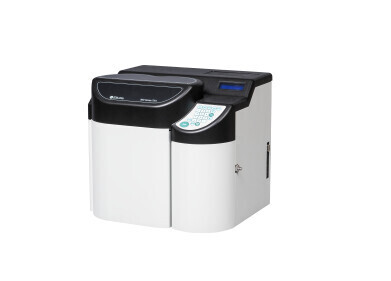Gas Chromatography
Want to Infuse Gin? - Chromatography Explores
Aug 22 2019
There has a been a resurgence in the last few years in gin - in its drinking, new gin palaces being opened and many new brands finding their way onto the shelves of supermarkets, pubs and bars everywhere. And it seems, it is even finding its way into research laboratories.
Scientists from Heriot-Watt University in Edinburgh have recently carried out work to compare different methods that are used to infuse gin with its distinctive flavours. Published in the Journal of the American Society of Brewing Chemists, the work compared the flavour of vapour infused and steep infused gin distillates - and chromatography played a big role. Let’s take a look at gin infusion and see the role chromatography played.
Flavouring gin - juniper always wins
There are a number of different types of gin, some governed by regulations, some aged in specially matured oak barrels. But, one thing all gins have in common is that they are flavoured by juniper. Most juniper that is used in gin is picked from the wild, with very little cultivated juniper used to make gin. Juniper is not really a berry at all, but a kind of seed cone which just looks like berries. And the country with the biggest consumption per capita - well, not the UK but the Philippines who get through around 25 million cases of gin annually.
Distilled spirit - two main ways
Gin starts life as a neutral spirit, often made from grain, that is essentially ethanol. Flavours are then added using distillation processes to extract the flavour from the juniper and botanicals that give each gin its distinctive flavour. Distillation is a purification method that is commonly used in many different chemical and pharmaceutical industries to separate liquids. It involves heating a liquid until it starts to vaporize, and the vapour is condensed and collected leaving behind the parts you don’t want.
When distillers want to add flavour to gin, there are two main methods.
- Steeping - extracts flavours from the juniper and botanicals through a process of soaking the botanicals in the natural spirit before distillation. During distillation the aromatics are carried with the vapour and condensed with the gin.
- Vapour infusion - the botanicals are placed in baskets above the base spirit. Heat is applied and as the liquid vaporises it comes into contact with the botanicals which infuses with flavour molecules. The infused vapour condenses and is collected and we have our gin.
Chromatography spots the difference
In the research referred to above, the researchers used gas chromatography to see if there are differences in gins produced by the different methods. Using GC to analyse volatile samples is discussed in the article, High-resolution MS coupled to Photoionisation-GC×GC for Petrochemicals Characterisation. The method the team used identified some of the volatile terpenes present in gins that add to its flavour and were able to tell the differences between the different distillation techniques.
Events
Jan 20 2025 Amsterdam, Netherlands
Feb 03 2025 Dubai, UAE
Feb 05 2025 Guangzhou, China
Mar 01 2025 Boston, MA, USA
Mar 04 2025 Berlin, Germany












